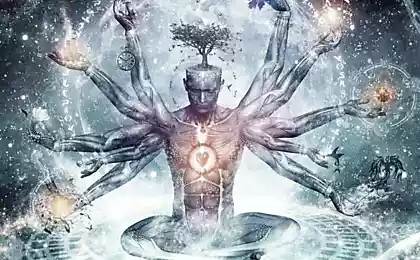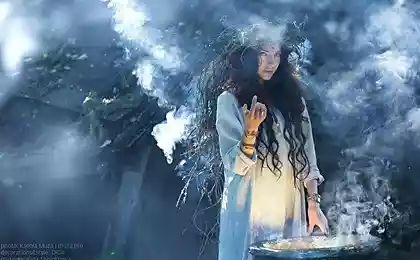193
Gravel batteries for large energy storage
The production of electricity from renewable sources is growing at a serious pace – the global volume of solar energy conversion, for example, has grown 53 times over the past 9 years – but to reach the finish line of 100% of global demand, green energy needs cheap energy storage, or simply batteries.
This is because solar and wind energy are not constant throughout the day, and due to large time intervals, and sometimes power plants produce more electricity than necessary, and sometimes not enough.
If we store excess energy, we can use it when the volume generated is not enough, thus smoothing out the natural decline in productivity.
But the production of industrial-scale energy storage has so far been a challenge. Virtually all major energy storage facilities in the world are currently filled with man-made bodies of water with hydraulic turbines, which is a great solution, but very expensive and difficult to organize in any desired location (having water and mountains helps in this case).
At the moment, there are several technologies that may be coming out of labs and experimental projects into the world in the coming years.
One uses the same type of battery used in electric vehicles, but in much larger numbers. Elon Musk, the owner of Tesla, plans to build a Gigafactory - a battery factory, a significant part of the production capacity of which has already been allocated for stationary storage.
Another way could be to use batteries with liquid metal technology. They are still in development, but if they can be scaled up and mass-produced, they could revolutionize the entire energy industry.
But all these advanced lithium-ion batteries and molten metals are too high-tech. What if we made huge energy storage facilities that were as cheap as dust because they would literally use dust?
That’s exactly what Isentropic is trying to do. They are working on a heat pump system (or more accurately, a thermal mass of small stones) to store heat energy and return it as needed.
This means that when excess energy is produced from renewable sources, this energy starts the system in one direction, and when there is a shortage, the system turns on in the opposite direction, becoming a source of energy. The video below shows how the system works:
Its beauty is that it does not require specific features of the relief, like hydraulic.
It also has sufficient efficiency. According to the developers, the efficiency of the full cycle of the system ranges from 72 to 80 percent, which is fully comparable to the 74 percent efficiency of an artificial hydraulic system. The claimed payback is 25 years and the cost per 1 mWh is $50, while the water system costs $65 per 1 mWh.
And this system does not contain dangerous chemicals, which is also a definite plus.
The biggest question is, will this technology be cheaper than liquid metal systems? Time will tell.
After all, gravel is very cheap and this can be a big advantage. But Dr. Sodoway’s liquid-metal batteries were also designed to use cheaper materials, and they may be able to store more energy per volume because they work at higher temperatures.
Whoever wins this race will all benefit from a clean electricity grid that can store more energy from renewable sources.
based on isentropic.co.uk
Source: facepla.net























